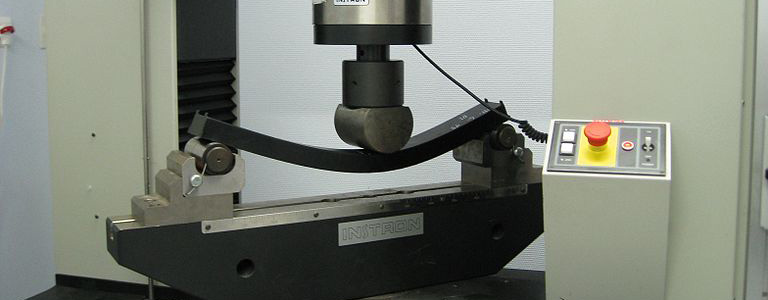
European banks have just made it through the latest round of stress tests. But now what? Will lending make a come back? Looking toward the future, do these tests really guarantee a clean bill of health? These are just a few of the questions that many people are asking themselves. But really, one question sums it all up: What really is the point of this test anyway? Let’s tackle the issue one step at a time:
Banking’s Stability Today and Tomorrow
To begin with, we need to keep in mind that a stress test is like a snapshot; it reveals a particular situation at a specific point in time. However, that snapshot is only useful up to a point, because after all, a financial institution’s activity is extremely complicated and dynamic.
Without undermining its value, that is why the stress test cannot guarantee that an institution that has actually “passed” will be exempt from future adversity.
However, in the short-term, the tests are a useful way to filter out the banks that have been less resilient. In other words, the global, positive results, apply differently to each bank. Those who have been identified as weaker institutions will need to take measures to strengthen their standing.
The Flow of Lending to Families and Companies

Does passing the test translate into more lending? In the short run, the flow of financing is unlikely to increase. In economics there is a saying, “Banks don’t give credit, they lend money.” Plainly speaking, “credit” is the confidence that, according to the bank, the company merits, or its actual capacity to repay the loan. In banking terms this is called the “solvent demand for credit.” To date, this demand is scarce.
In addition, the default rate is rising to historic levels: Unpaid loans and mortgages are burdening and will continue to burden banks’ income statements for years to come, hindering their future activity.
For all these reasons, financial institutions will not take on the risk of lending to those who they consider uncreditworthy. Nowadays they do not have the luxury of easing requirements as they did just prior to the crisis. And of course, loans the likes of those approved in 2008 – both in amount and lax requirements – are a thing of the past.
In December the ECB will launch lines of credit with requirements designed to offer financing to SMEs. If banks turn up for the auction, it will be a good sign. If they don’t, then the message will be that the financial sector is concerned about the future and is not interested in lending.
Uncertainty
In addition to the past, which still influences lending today, we need to consider the uncertainty that will continue to hover over the macroeconomic stage in Europe during the next few months.
The financial sector is extremely sensitive to the current economic situation. Nowadays there is one question on everyone’s lips: Are we facing a third recession? Although to date we do not have conclusive evidence, growth has slowed down in almost all of Europe.
So long as this uncertainty persists, it will affect banking. In all likelihood, banks will temper their activity or seek out more secure alternatives like sovereign debt. To summarize, we’ll have to wait for uncertainty to blow over in order to see if lending makes a come back.

Javier Díaz-Giménez is currently Professor of Economics at IESE. He has devoted the major part of his career to research and teaching in the field of macroeconomics. His most recent work analyzes the macroeconomic consequences of tax and pension scheme reforms. Prof. Díaz-Giménez has been adviser to the Spanish Ministry of Industry, and for a short period, he was advisor to the President’s Office of Economics.


